Gardener Covent Garden: Nurturing Green Spaces in the Heart of London
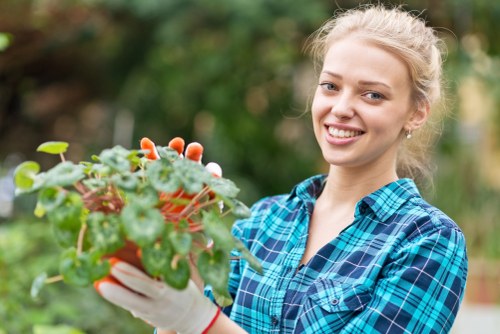
Covent Garden, a vibrant and historical district in London, is renowned for its rich cultural heritage and bustling atmosphere. Amidst the theaters, shops, and eateries, the role of a gardener in maintaining the area's green spaces is pivotal. A gardener in Covent Garden not only ensures the beauty of public gardens but also contributes to the overall well-being of residents and visitors alike.
In this article, we delve into the significance of gardeners in Covent Garden, exploring their daily tasks, the challenges they face, and the impact they have on the community. Whether you are a local resident, a visitor, or someone interested in horticulture, understanding the role of a gardener in this iconic London district offers valuable insights into urban gardening and green space management.
Gardening in Covent Garden requires a blend of traditional horticultural skills and modern sustainable practices. From maintaining flower beds to implementing eco-friendly irrigation systems, gardeners play a crucial role in preserving the aesthetic and environmental quality of the area.
The Role of a Gardener in Covent Garden
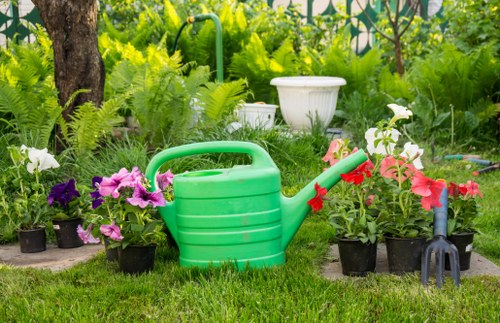
Gardens and green spaces are the lungs of any urban environment, providing a sanctuary from the hustle and bustle of city life. In Covent Garden, gardeners are tasked with creating and maintaining these green oases. Their responsibilities include planting, pruning, weeding, and ensuring that the plants are healthy and thriving.
Additionally, gardeners in Covent Garden work closely with local authorities and community groups to design and implement new green spaces. This collaboration ensures that the gardens not only meet aesthetic standards but also serve the needs of the community, such as providing areas for relaxation, social gatherings, and environmental education.
The role extends beyond mere plant care. Gardeners are often involved in the selection of plant species that are suitable for the local climate and soil conditions. They also play a part in conservation efforts, promoting biodiversity by incorporating native plants and creating habitats for local wildlife.
Daily Tasks and Responsibilities
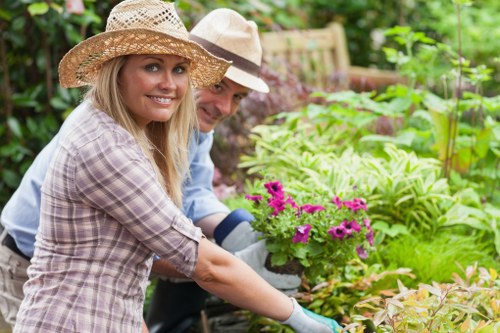
A typical day for a Covent Garden gardener involves a variety of tasks aimed at maintaining and enhancing the beauty of the gardens. Morning routines often start with inspecting the plants for any signs of disease or pest infestation. Early detection allows for timely interventions, ensuring the health of the garden.
Watering is a crucial part of the gardener's job. They must ensure that each plant receives the right amount of water, adjusting for weather conditions and the specific needs of different species. This may involve manual watering or the operation of automated irrigation systems.
Pruning and trimming are essential for the upkeep of plants and trees. Proper pruning promotes healthy growth, prevents the spread of diseases, and maintains the desired shape and size of the plants. Gardeners also remove dead or unwanted vegetation to keep the gardens tidy and aesthetically pleasing.
- Planting seasonal flowers and shrubs
- Maintaining lawns and green spaces
- Installing and repairing garden structures
- Implementing pest control measures
Challenges Faced by Gardeners in Covent Garden
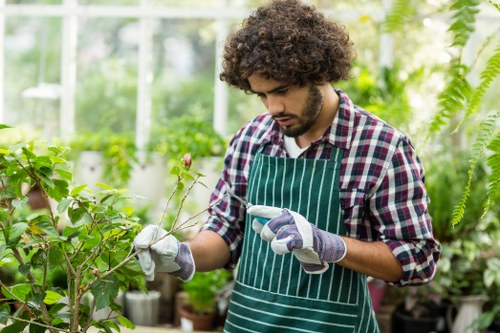
Working as a gardener in a bustling urban area like Covent Garden comes with its unique set of challenges. The confined space in urban settings limits the amount of greenery that can be maintained, requiring gardeners to be creative and resourceful.
Pollution is another significant challenge. Urban air quality can adversely affect plant health, making it essential for gardeners to choose resilient plant species and implement protective measures. Additionally, high foot traffic in popular areas can lead to wear and tear, necessitating frequent maintenance to keep the gardens in pristine condition.
Climate change has also introduced unpredictability in gardening. Erratic weather patterns, such as extreme temperatures and unexpected rainfall, demand that gardeners adapt their practices to ensure the sustainability of green spaces. This includes using drought-resistant plants and sustainable gardening techniques to conserve water and reduce environmental impact.
Impact on the Community
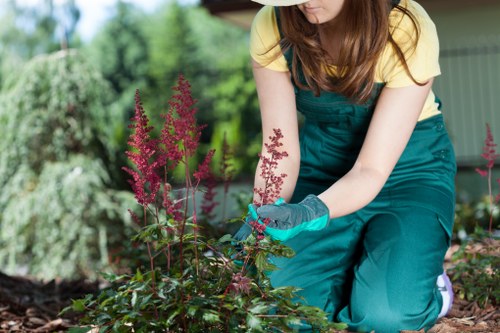
The presence of well-maintained gardens enhances the quality of life for residents and visitors in Covent Garden. Green spaces provide a peaceful retreat from the city's hustle, offering areas for relaxation, meditation, and social interaction.
Gardens also play a crucial role in promoting mental and physical well-being. Studies have shown that access to green spaces can reduce stress, improve mood, and encourage physical activity. For children, gardens serve as educational spaces where they can learn about nature, plant life, and the importance of environmental stewardship.
Furthermore, gardens contribute to the local economy by attracting tourists and supporting nearby businesses. Flowering pathways, scenic parks, and beautifully designed public spaces enhance the area's appeal, making Covent Garden a must-visit destination in London.
- Enhancing urban aesthetics
- Providing recreational spaces
- Supporting local wildlife
- Boosting tourism and local businesses
Sustainable Gardening Practices
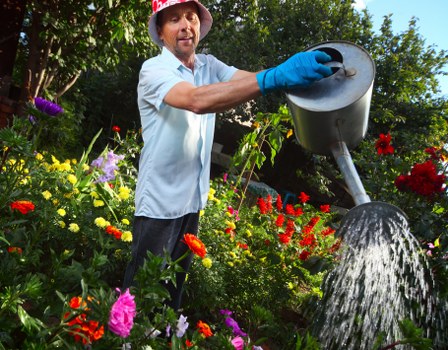
In recent years, sustainability has become a cornerstone of modern gardening practices. Gardeners in Covent Garden are increasingly adopting eco-friendly methods to minimize their environmental footprint and promote long-term ecological balance.
One such practice is the use of organic fertilizers and compost. These natural alternatives enrich the soil without harmful chemicals, fostering healthy plant growth and improving soil structure. Composting also reduces waste by recycling organic materials from the community.
Water conservation is another critical aspect of sustainable gardening. Implementing rainwater harvesting systems and drip irrigation helps gardeners reduce water usage while ensuring that plants receive adequate hydration. Mulching is also employed to retain soil moisture and prevent weed growth, further contributing to water efficiency.
Additionally, gardeners prioritize the cultivation of native and drought-resistant plant species. These plants are better adapted to the local climate, requiring less maintenance and resources. By fostering biodiversity, gardeners create resilient ecosystems that support a variety of wildlife and promote environmental health.
Technological Integration in Gardening
Advancements in technology have revolutionized the field of gardening, and Covent Garden's gardeners are no exception. Modern tools and systems help streamline tasks, improve efficiency, and enhance the overall quality of green spaces.
Smart irrigation systems are becoming increasingly popular, allowing gardeners to automate watering schedules based on weather forecasts and soil moisture levels. These systems ensure optimal water usage, reducing waste and maintaining plant health.
Moreover, garden management software enables gardeners to plan and track their work more effectively. From scheduling maintenance tasks to monitoring plant health, these digital tools facilitate better organization and decision-making.
Additionally, the use of drones and sensors is emerging in urban gardening. Drones can provide aerial views of the gardens, helping gardeners assess plant growth and identify areas that need attention. Sensors can monitor environmental conditions, such as temperature and humidity, providing real-time data to inform gardening practices.
Community Engagement and Education
Gardeners in Covent Garden play a vital role in fostering community engagement and education. They organize workshops, guided tours, and educational programs to raise awareness about the importance of green spaces and sustainable gardening practices.
These initiatives encourage community members to participate in gardening activities, promoting a sense of ownership and responsibility towards local gardens. Educational programs for schools and youth groups introduce the next generation to the principles of horticulture and environmental stewardship.
Furthermore, gardeners collaborate with local artists and cultural organizations to create aesthetically pleasing and meaningful garden installations. These collaborations enhance the cultural significance of the gardens, making them not only places of natural beauty but also venues for artistic expression.
- Hosting gardening workshops and seminars
- Organizing community planting days
- Collaborating with local schools for educational programs
- Partnering with artists for garden installations
The Future of Gardening in Covent Garden
The future of gardening in Covent Garden looks promising, with a growing emphasis on sustainability, technology, and community involvement. Gardeners are continually exploring innovative methods to enhance green spaces while addressing the challenges of urban living.
One emerging trend is vertical gardening, which maximizes limited space by growing plants upward along walls and structures. This method not only adds unique visual interest but also contributes to improved air quality and insulation for buildings.
Urban farming is another initiative gaining traction, allowing for the cultivation of vegetables and herbs within city limits. This practice promotes local food production, reduces the carbon footprint associated with transporting produce, and fosters a sense of community resilience.
Furthermore, gardeners are increasingly adopting integrated pest management strategies that rely on natural predators and organic treatments rather than chemical pesticides. This approach enhances the health of the ecosystem and ensures the safety of both plants and people.
10-15 Closest Areas to Covent Garden
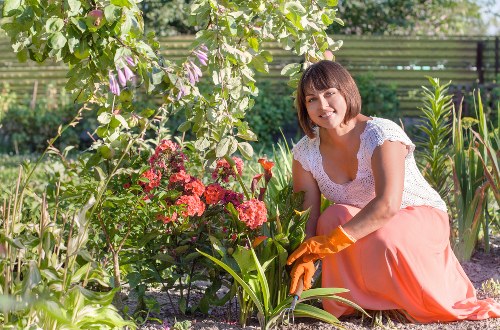
Covent Garden is surrounded by several vibrant neighborhoods, each offering unique features and attractions. Here are the closest areas to Covent Garden that are significant for gardeners:
- Soho – Just west of Covent Garden, Soho is known for its eclectic mix of dining, entertainment, and small green spaces.
- Fitzrovia – To the northwest, Fitzrovia boasts charming garden squares and historical buildings.
- Bloomsbury – North of Covent Garden, Bloomsbury is famous for its literary history and beautiful garden squares like Russell Square.
- Marylebone – Southwest, Marylebone features well-maintained gardens and high-end boutiques.
- Lambeth – Southeast, Lambeth offers larger parks and community gardens.
- Islington – Northwest, Islington is home to several parklands and green corridors.
- Holborn – Directly north, Holborn has access to both historical and modern green spaces.
- Camden – Further northwest, Camden is known for its vibrant markets and urban gardens.
- St. James's – Nearer to the west, St. James's includes major landmarks and formal gardens.
- Chinatown – Adjacent to Covent Garden, Chinatown incorporates small green areas amidst its bustling streets.
- Leicester Square – Directly south, Leicester Square often integrates temporary floral displays and green installations.
- Soho Square – Close to Soho, it offers a tranquil garden environment in the midst of urban activity.
- Seven Dials – Between Covent Garden and Soho, Seven Dials features hidden garden spots and courtyards.
- King's Cross – A bit further north, King's Cross is undergoing significant redevelopment with new green spaces.
- West End – Surrounding Covent Garden, the West End includes several parks and gardens integral to the area's appeal.
Conclusion
Gardeners in Covent Garden play an indispensable role in maintaining the area's lush green spaces, enhancing the urban environment, and enriching the lives of those who visit and reside there. Their expertise in horticulture, commitment to sustainability, and dedication to community engagement ensure that Covent Garden remains a vibrant and inviting destination.
As urban areas continue to grow and evolve, the importance of gardeners in creating and preserving green spaces cannot be overstated. In Covent Garden, the harmonious blend of tradition and innovation in gardening practices sets a benchmark for other urban districts, highlighting the profound impact that dedicated professionals can have on a community's quality of life.
Frequently Asked Questions
1. What qualifications are needed to become a gardener in Covent Garden?
Becoming a gardener in Covent Garden typically requires a combination of formal education in horticulture or botany and practical experience. Many gardeners hold certificates or diplomas from agricultural colleges. Additionally, hands-on experience through apprenticeships or working in similar urban settings is highly valued.
2. How do gardeners in Covent Garden address environmental sustainability?
Gardeners in Covent Garden implement various sustainable practices, such as using organic fertilizers, composting, water conservation techniques, and planting native species. They also adopt eco-friendly pest control methods and are increasingly integrating technology to optimize resource use.
3. Can community members get involved in gardening projects in Covent Garden?
Yes, community members are encouraged to participate in gardening projects. Gardeners often organize workshops, community planting days, and volunteer opportunities to engage residents in maintaining and enhancing local green spaces.
4. What are some popular plants managed by gardeners in Covent Garden?
Popular plants in Covent Garden include a mix of seasonal flowers like tulips and daisies, native shrubs, and resilient trees such as London Plane and Oak. Gardeners also focus on evergreen plants to maintain year-round greenery.
5. How do gardeners in Covent Garden cope with urban pollution?
To combat urban pollution, gardeners select plants known for their air-purifying qualities, implement protective measures like mulching and using soil amendments, and employ regular maintenance routines to ensure plant health and resilience against pollutants.

